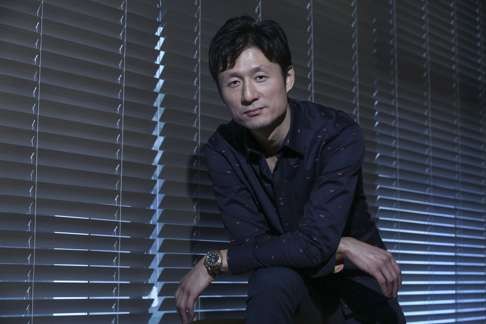
With Rage, Villain director Lee Sang-il returns to the aftermath of another grisly murder
Japan-based director mines the darkest corners of the human psyche in this ensemble drama about three different groups of people and a murderer who may be among them

When the director Lee Sang-il dominated Japan’s local film awards in late 2006 and early 2007 with his breakout hit Hula Girls – a 1960s-set melodrama about a newly-formed troupe of hula dancers in the industrial city of Iwaki – few could have foreseen the masterful conviction with which his next three features delve into the darkest corners of the human psyche.

Lee’s 2010 film Villain, which garnered 15 nominations – winning five prizes – at the Japanese Academy Awards, is a relentlessly bitter romance in which a murderer runs away with a woman he just met through internet dating. After his 2013 remake of Clint Eastwood’s western Unforgiven (1992), a sombre reflection on the business of killing, Lee returns to the aftermath of another grisly crime in his latest film Rage, which contemplates the fine line between gullibility and distrust in contemporary Japan.
“My feeling is that there are many negative things happening around us that we don’t want to acknowledge, that we prefer to cover up and pretend they never happened. But these are experiences that are quite common in our lives,” says Lee, 42, at our interview during the recent Hong Kong Asian Film Festival, where Rage was presented at three sold-out screenings and the director was greeted with ample admirers queueing for selfies and autographs.
The glimmer of hope in the aftermath of senseless murders is a shared motif in Villain and Rage, both adaptations of books by the award-winning novelist Shuichi Yoshida. Lee was introduced by a friend to the author’s first novel, Parade (2002), over a decade ago. The third-generation Korean-Japanese filmmaker admits that the success of Villain, for which he co-wrote the screenplay with Yoshida, has paved the way for the star-studded production of Rage.
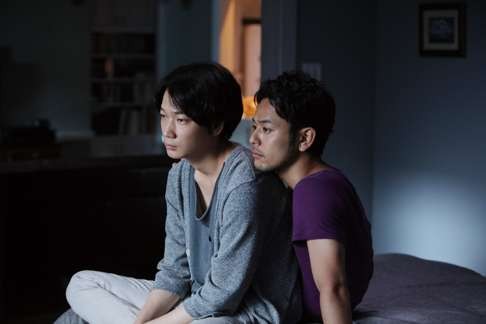
“Of course, if the first film didn’t do well in the box office, there wouldn’t be a second,” Lee says with a laugh. “But the other factor that attracted me to both projects is the many strands of ideas and storylines in the novels. How am I supposed to portray all those complicated connections among the characters in a two-hour-plus film? This is a challenge that I must take up on both projects.”
Although it opens at the scene of a double homicide in Tokyo, Rage isn’t so much a police procedural as an ensemble drama revolving around three groups of variably flawed humans. As the action jumps forward by a year and the murderer-at-large believed to have changed his face by cosmetic surgery, the three stories that follow, set in three different Japanese cities, ponder their protagonists’ trust for people they barely know – with the caveat that one of them could be the sociopathic fugitive.
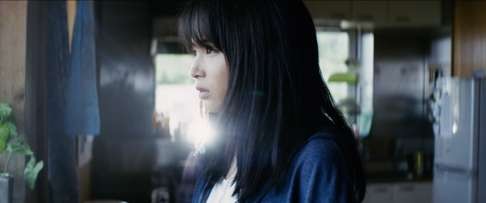
In a fishing town of Chiba, a former prostitute (played by Aoi Miyazaki) falls in love with a mysterious new arrival (Kenichi Matsuyama) against her father’s (Unforgiven’s Ken Watanabe) great caution. In Tokyo, a gay playboy (Villain’s Satoshi Tsumabuki) starts an affair with a forlorn stranger (Go Ayano) who refuses to divulge anything about himself. On an uninhabited Okinawa island, a teenager (Suzu Hirose) finds a backpacker (Mirai Moriyama) squatting in an abandoned bunker.
Each of the three storylines begins with the fast-developing bond between a pair of complete strangers – before suspicion mounts in each scenario that a wanted criminal may be in the house. If Lee were in his protagonists’ place, however, he says he would likely also trust first and regret later. “I wouldn’t say that it’s right to trust people easily, although that’s what I’d do – until I’m proven wrong.” He chuckles. “But it’s down to the audience to work out the nuances in this issue.”
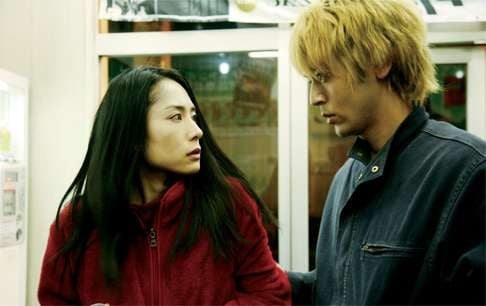
It’s no exaggeration to say that Lee’s acclaim for the cheerful Hula Girls has been overtaken by that for the subsequent releases Villain and Rage, both hysterical dissections of the uglier side of human nature. The director admits that he would welcome the prospect of another Yoshida adaptation.
“Our collaborations have made me think that we’re a great match,” says Lee. “It helps that Yoshida was flexible with his work: he wouldn’t require me to stick to the original. Before shooting these adaptations, I was more interested in original screenplays than adapted materials. But after I worked with Yoshida’s stories, I was surprised to find that I no longer insisted on that. As long as there’s a good story, I’m interested to turn it into a film.”
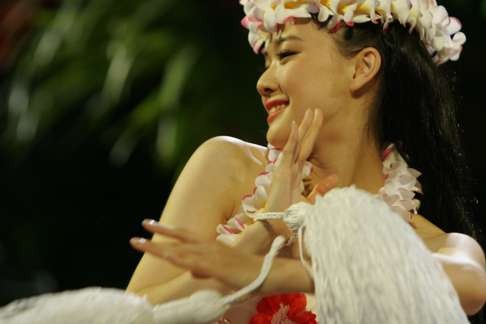
Now that he is recognised as a maker of serious and often uncompromisingly grim dramas, Lee says it is still possible that he will one day return to merrier projects like Hula Girls – although there are no such plans at the moment. He is however reluctant to admit that the gloomy spectre displayed by the recent trio of Villain, Unforgiven and Rage indicates a change in direction.
“You could say that my earlier films, like 69, are comprised of different subject matters,” Lee says, referring to his 2004 film adaptation of Ryu Murakami’s autobiographical novel of that title, about a student uprising that the Japanese author participated in during his high-school years.
“But over the years, it hasn’t been my intention to take a new direction or change my style,” Lee goes on. “I think all my films constitute a continuous flow – they are all related. Some of them may be more light-hearted and some may be heavier, but they’re all consequences of the complicated emotions that I have felt around me, as well as the life experience that I’ve been accumulating over the years.”
Indeed, there are aspects to Rage that distantly echo Lee’s early efforts. While a U.S. naval base in Japan forms an important backdrop to the respective stories of Rage and 69, the new film’s narrative scheme – of following three unrelated characters in interweaving storylines – finds its parallel in Lee’s debut movie, Border Line (2002), which also features a young character on the run after committing murder.
“I’d say that with more experience in life, I’m managing to notice more about the world than I might be able to in the past,” says Lee. “But it’s not necessarily the case that I’d only address the darker components in our emotions now. Although humans are seriously flawed, I think there’s still something worth admiring in them. It’s possible for the audience to find love even in a relatively dark story.”
Rage opens on November 10
Want more articles like this? Follow SCMP Film on Facebook